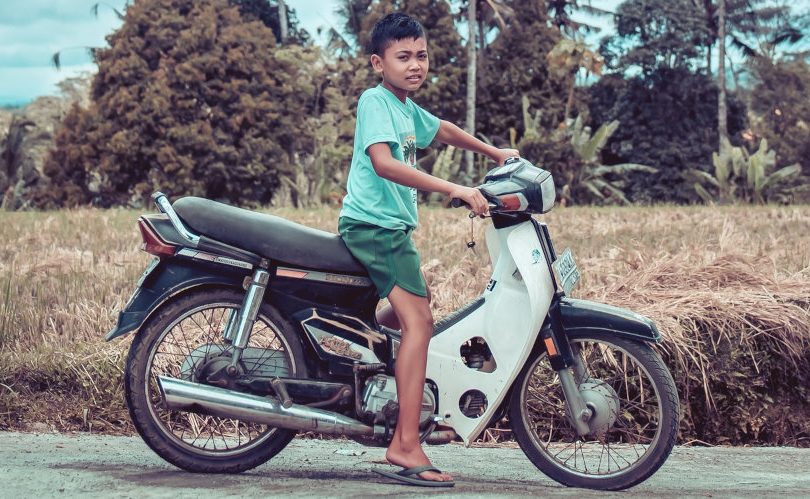Motorbike is the most popular mode of transport of all in Vietnam. The moment you put your first step onto the streets of Saigon, at least a hundred motorbikes will come across you. You’ll certainly be overwhelmed by its density. Either the rich or the poor, people in Vietnam still pick motorbikes as their first and foremost option. From here, you can easily see how comfortable it is to own a motorbike in Vietnam.
You can get through even the smallest alley in the city. Of course, it would take a bit of your driving skill to pull off such. Also, picking the right bike for the right trip is another important thing when you want to use a motorbike in Vietnam. Therefore, today’s article will walk you through the information you need to know about motorbikes in Vietnam.
Whether you want to come to Vietnam as an expatriate to work, invest or do business or simply as a tourist for a few weeks of travel, the question of getting a motorcycle arises.
Vietnam is known as “THE motorcycle country”, many advantages are provided to those who rent or buy their motorcycle: independence, ability to move everywhere, but if you have never been to Vietnam nor being experience driving motorbikes, it can be overwhelming.
In this article, we will answer the general question of driving a two-wheel motorbikes in Vietnam and the things you absolutely need to know. For the specific question of the driving license, we have dedicated another article that details the procedure to translate, convert, or directly obtain a driving license in Vietnam.
The motorbike regulations in Vietnam
A short overview of the law in Vietnam will help you move around easier.
If you are not planning to travel far and you are too lazy to take a driving license, a 50cc motorbike is an option you can take.
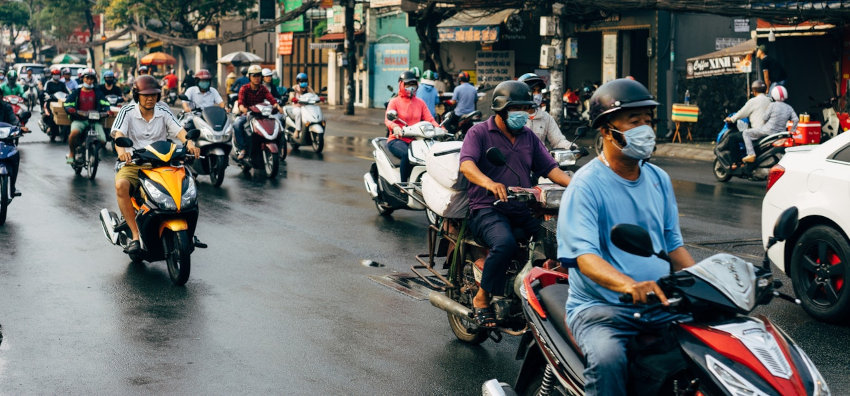
If you are a fan of travelling by bike, you will need a motorbike of at least 100cc. To be able to control this type of transport in the country, you must own a legal driving license in Vietnam. The license you own in your home country is not permitted when travelling by bike in Vietnam.
According to the legality in Vietnam, foreigners are required to own a Vietnamese driving license to travel by bike. You may have heard from other people that you don’t have to get a driving license and still can bribe your way out when being pulled over. However, the license will come in handy if you cause severe damage to yourself or other people. Once you’re recognized as having no qualified paperwork that allows your driving in Vietnam, you will be held full responsibility by the law. Another thing you must pay full attention to is the validity of your IDP. An invalid IDP means your travel insurance will not work as well. Without a valid IDP, you won’t be allowed to use motorbikes in Vietnam.
That most frequently asked question: Should I rent or buy a motorbike?
The answer depends on the purpose of your trip to Vietnam.
If you’re planning to come just for a short vacation, renting is for sure, the best option. Another scenario is when you are not too sure how long you are going to stay. If those are the case, renting a bike would be more of a choice. You can easily return or expand the rent anytime you want. Renting from reputable bike stores such as Honda, Yamaha,… will help you avoid scams.
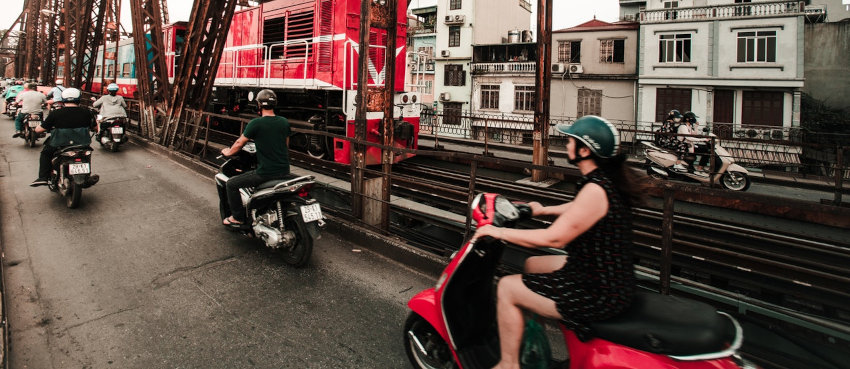
Renting a motorbike at a local bike shop is also another way people normally recommend. Nevertheless, the risk of such is unavoidable. Since these local stores tend to attract more customers by simplifying the paperwork procedure, it creates a lot of flaws in the rental contract that puts you in a tough position. The worst part is that some of the stores offer you cheap Chinese knock-offs. Consequently, what you receive is mostly a bike that breaks down very frequently which costs you a lot of money to repair. I always recommend all my friends when renting a bike in Vietnam to go through a legitimate agency so that they could entirely enjoy their vacation. The paperwork may take you a bit of time to finish, but it ensures your experience while you are having a good time.
If you’re here for work and you plan to stay for at least a year, buying a bike is the choice. You can easily move around without too much concern about renewing your paperwork. Buying the bikes from fellow backpackers is usually the most optimal choice if you plan to optimize your travelling budget as much as possible. The cost is usually around 200$ – 300$ depending on the condition of the vehicle. This may come with a huge risk but you usually get what you pay. You can take someone with basic experience in motorbikes with you to test out the bike.
There are also people suggesting bringing your bike into Vietnam if you have one. However, Vietnam only allows Vietnamese motorbikes to enter the country. In the case of non-Vietnamese motorbikes, there will be a lot of difficulties during the entry process. It involves paying bribes (if you are willing to pull something off the book during the trip which I would not suggest you do). Sometimes, it doesn’t stop at just bribing the security guards. It also depends on the mood of those guards whether they are having a great day or not.
The types of motorbikes in Vietnam
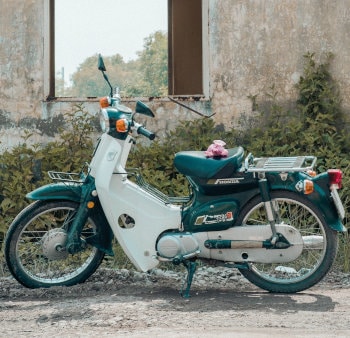 The most common options are 110cc and 125cc. These bikes are certainly sufficient to take you on a long road trip to other cities where you live. However, if you want to travel to other parts of the country, owning a bike with more powerful engines would be just the right option. However, remember to consider the right vehicle for the right experience. Since Vietnam only allows speed limits under 40km/h for cities and 60km/h for highways, having a powerful motorbike is not always a good idea, especially in areas that are frequently congested.
The most common options are 110cc and 125cc. These bikes are certainly sufficient to take you on a long road trip to other cities where you live. However, if you want to travel to other parts of the country, owning a bike with more powerful engines would be just the right option. However, remember to consider the right vehicle for the right experience. Since Vietnam only allows speed limits under 40km/h for cities and 60km/h for highways, having a powerful motorbike is not always a good idea, especially in areas that are frequently congested.
People usually choose Yamaha and Honda as their priority on the list due to their great reputation in Vietnam. You will see a lot of Yamaha and Honda stores throughout the country. This is a very convenient thing about Vietnam. Now you don’t have to worry about navigating a place to take your bike for maintenance. The staff at these stores speak English as well.
What should you look out for when riding in Vietnam?
The population in Vietnam is quite massive. If you choose to live in big cities like Saigon, Hanoi, and Danang, you will usually get into traffic jams almost every day of the week. Most foreigners when visiting Vietnam will have to spend quite a while to get used to this. I wouldn’t say it was an unpleasant experience because it was. However, after a month living in Saigon, I found out that such a trait of the city makes it quite fascinating to enjoy.
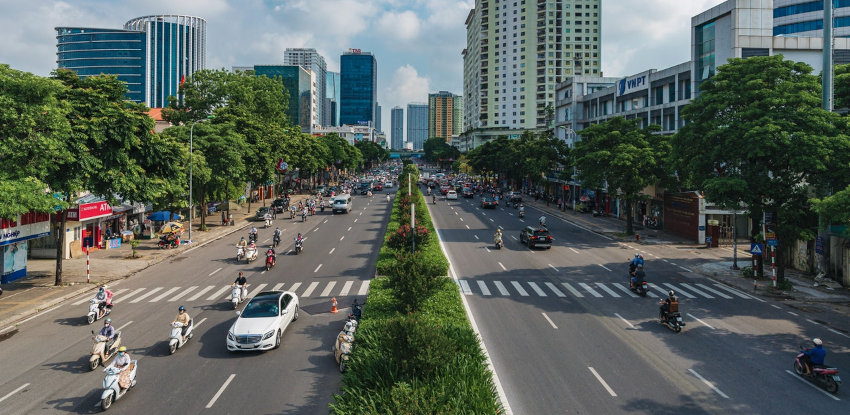
Whenever I come back from work in such long-lasting heavy traffic, I get to spend a bit of my time taking a look at the city. Saigon with skyscrapers, big buildings of international companies, and the locals’ daily activities in front of their house make the experience much more enjoyable.
Road conditions in town and country
The roads in Vietnam are something other foreigners usually talk about as well. In Saigon, most roads in major districts like District 1, District 2, and District 10 have been improved for better safety. In other small areas such as Go Vap District and District 5, you will likely see some small holes that could cause “earthquakes” when you’re driving. It’s recommended to drive less than 30 km/h in the city to ensure your and other people’s safety. Carefully drive and watch out for any chicken holes along the way. Some Vietnamese usually make jokes about this by calling these chicken holes “the cuisine of the city”. You will always have these types of obstacles on the way to work. It’s still not a big deal but make sure you’re careful and slowly practice to master the art of driving in Vietnam.
There are also other parts of the country where the terrain of the area may seem a bit “weird” and dangerous. These are usually mountainous areas well-known to most tourists and located mostly towards the North of Vietnam. The slopes are almost straight and they are sometimes super tiny for 2 persons to get through at a time. Even Vietnamese struggle when they go onto these kinds of roads. Unless you’re adventurous and you have had experience in driving through abnormal terrains, ask for help or just walk your way out of there.
Speed and road accidents
Vietnam is also well-known for its street food. That’s why everywhere you go there are lots of food stalls on the street. For those who are not used to such a specific trait of Vietnam, driving could be a bit rough since you have to look for any stalls ahead to avoid hitting them. It may sound dangerous but once you get a hang of it, you will do just fine.
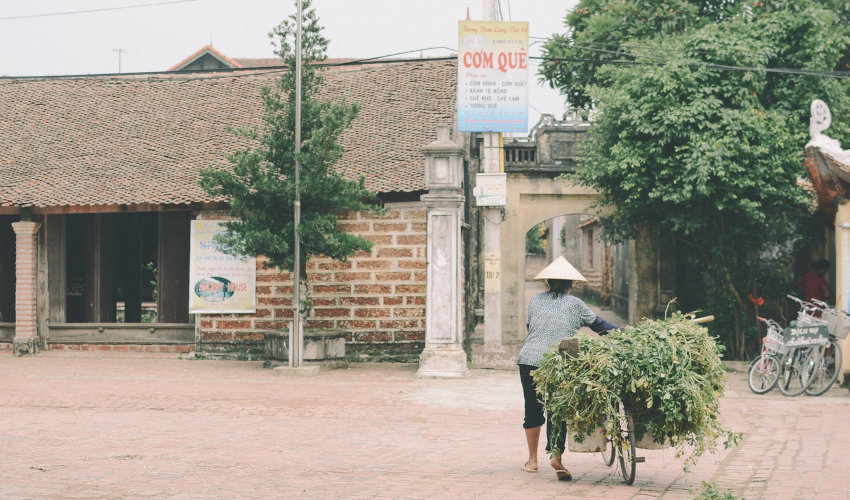
Most Vietnamese drive in a very polite manner. They rarely manipulate the use of the horns unless they have to. I have seen some Vietnamese communicate with other people verbally before using the horn. Also, cases of seeing “street racers” do exist. However, it shouldn’t be something that concerns you too much. The law in Vietnam strictly punishes individuals that attempt to cause accidents to other people during traffic. Therefore, over the past 5 years, the number of accidents in Vietnam has decreased significantly. Such has given people ease to travel without worrying too much about their safety.
The weather in Vietnam causes difficulty while driving as well. What most Vietnamese do is always bring along their plastic poncho to keep them from getting wet. For some foreigners, wearing a raincoat while driving a motorbike is a fresh experience. It may cause an uncomfortable feeling at first. But nothing is impossible, isn’t it? Most of my friends after 2 to 3 months have learned to get used to wearing raincoats while driving. Even though it’s not a pleasant experience, none of them no longer complains and starts to feel like local Vietnamese themself. Another thing about the weather is your visibility while driving. Such would be hard to learn in just a couple of days. The safest way is to wait until the rain stops so that you can drive home safely. Especially when there’s a storm coming, even you’re having with your a raincoat, it’s not ideal to drive straight back home under the storm. Most Vietnamese will pick the nearest spot like a Shopping mall, convenience store, or any front house that have a roof to protect them from the rain.
Safety and precautionary measures
Finally, road thieves are not too common, but they sometimes show up at night. It’s recommended by many ex-pats that you should take a cab if you’re going out late. Taxi service is also very popular in Vietnam and there’s a lot of options to choose from. Moreover, until recently a new cab service was introduced to the people of Vietnam, which is called Grab Car. By using Grab Car, you can hunt for yourself some special discounts that will have you save up a bit of your money. Also, the cost isn’t expensive at all compared to the original taxi services. You can give different services a try to see which you like best.
I definitely encourage you to use taxi services at late midnight to ensure your safety entirely. Even though Vietnam is a safe country with a very low rate of crime, unfortunate events can still happen unexpectedly not just in Vietnam but in other countries, too.

